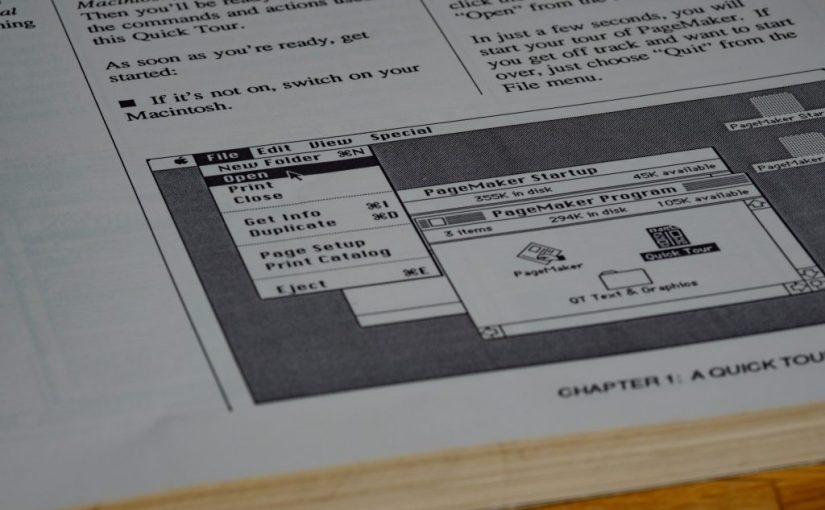
Obtaining translations for product manuals is often a tricky job requiring you to deal with several challenges at once. These challenges can often affect the quality of translations. This can have a direct impact on the marketing of a company’s products. Moreover, an inaccurate translation can hurt the company’s international development.
Now, because companies have a lot at stake in these translations, they need to be correct and of good quality. But you can only ensure accurate translation when you realize the challenges and find your way around them.
In this blog, we will share various challenges that professional translators face when translating technical manuals. Moreover, we will suggest solutions to ensure accuracy in translating product manuals.
5 Challenges With Manual Translation
We understand how challenging translations for product manuals can be. This is why we have compiled a list of challenges and solutions for manual translations. So, before you start your translation process, let’s review these challenges to ensure accuracy.
1. Technical Terminology And Specialized Language
User manuals often use difficult words and technical language. This makes it difficult for translators to translate them. These manuals give lots of details about a product. Like how it works and other important instructions.
It takes work to translate these technical words into another language and keep the meaning right. These words are specific to certain industries, and finding the exact match in other languages is hard. That’s why translating these terms exactly while keeping their meaning is challenging.
Translators must ensure that non-native speakers are also able to use the product in a safe way. So, it’s not just about knowing the languages but also understanding the product’s technical details.
You need to hire expert translators in a specific industry to deal with this challenge. Knowing field-specific vocabulary helps translators express complex ideas in their target languages. But, there might be inconsistencies in the translations in the long term.
Another good way to solve this problem is by using a glossary of common terms in that field. The translator can use that glossary for the translations.

2. Formatting Intricacies For Visual Elements
Formatting visual elements in product manuals can be tricky for translators. They need to keep the manual looking good and making sense. Different languages have different word and sentence lengths.
When translating, it’s important to keep the manual looking good and making sense. That means adjusting how the words and pictures fit together. It’s all about making sure everything looks neat and clear.
But how do you make sure the translation doesn’t mess up the manual’s looks? You need to collaborate with translators and designers. They’ll help make sure the layout works well for each language.
Also, think about how the translated text might change in length. Make sure everything looks the same and works well, no matter what language it’s in. This way, people can use the manual without any trouble, no matter where they are.
3. Cultural Nuances Affecting User Comprehension
The challenge in translating user manuals also comes from cultural differences that can affect how people understand things. Some cultures find simple examples, drawings, or symbols offensive or unfamiliar. This can create a paradox where what makes sense in one culture might be confusing or offensive in another. This cultural gap can complicate the translation process.
So, when crafting user guides, it is important to keep the cultural background of the intended readers in mind. To ensure understanding and reception, translators adapt text to audience norms.
To handle this challenge better, focus on changing things to fit what the people you’re aiming for like and expect. Do lots of research and talk to people from there or know a lot about the culture to make sure what you’re making fits them well.
Using examples, pictures, and things familiar to the region can help people understand and relate better. Also, changing things to follow local rules and ways of doing things makes sure the information is right and helpful.

4. Legal Considerations For Safety Instructions And Regulatory Information
Making product manuals in different languages can be tough, especially involving legal stuff like safety instructions and rules. Legal disclaimers, regulatory information, and important safety instructions are common components of user guides. These sections have important details that must follow the laws of each country.
Translating them correctly while following the rules would require help from legal experts. It can contravene the law if not done right, making it a problematic translation step.
Hiring translators who are well-versed in legal terminology and requirements is a smart move. Translators need to know the legal repercussions of the source material in the target language to include the necessary disclaimers, cautions, and warnings.
5. Budget And Time Limitation
Translating user manuals can be an expensive and time-consuming experience, especially for products with many language versions or those updated frequently. Sometimes, companies have tight budgets or need translations quickly to meet with deadlines.
Meeting deadlines, coordinating translation processes, and managing several translators are significant challenges. Companies might have to choose between speed and accuracy, making it a balancing act to meet both budget and time constraints.
Implementing a reliable project management system would greatly enhance the efficiency of the translation process. Invest in translation memory preservation, version consistency, and teamwork-enhancing translation management systems. Consider teaming up with translation agencies specializing in technical content and have experience with large-scale projects.
Conclusion
Translating user product manuals becomes an absolute must when you’re trying to reach people all over the globe. However, these translations need to be accurate. Product technical specs, safety rules, and usage instructions are some parts of the technical manuals that translators must translate carefully.
One must carefully analyze and overcome various challenges to translate user manuals accurately and successfully. Ensure to take care of all these challenges before they become major problems.
Hire a translator who is well-versed in the two languages and has complete knowledge of the subject matter. Don’t know where to find one? Visit TranslateSwift for effective product manual translation. We provide certified translation for all types of documents. Our expert translators will ensure accuracy and precision in translating your product manuals — get in touch with us today!










